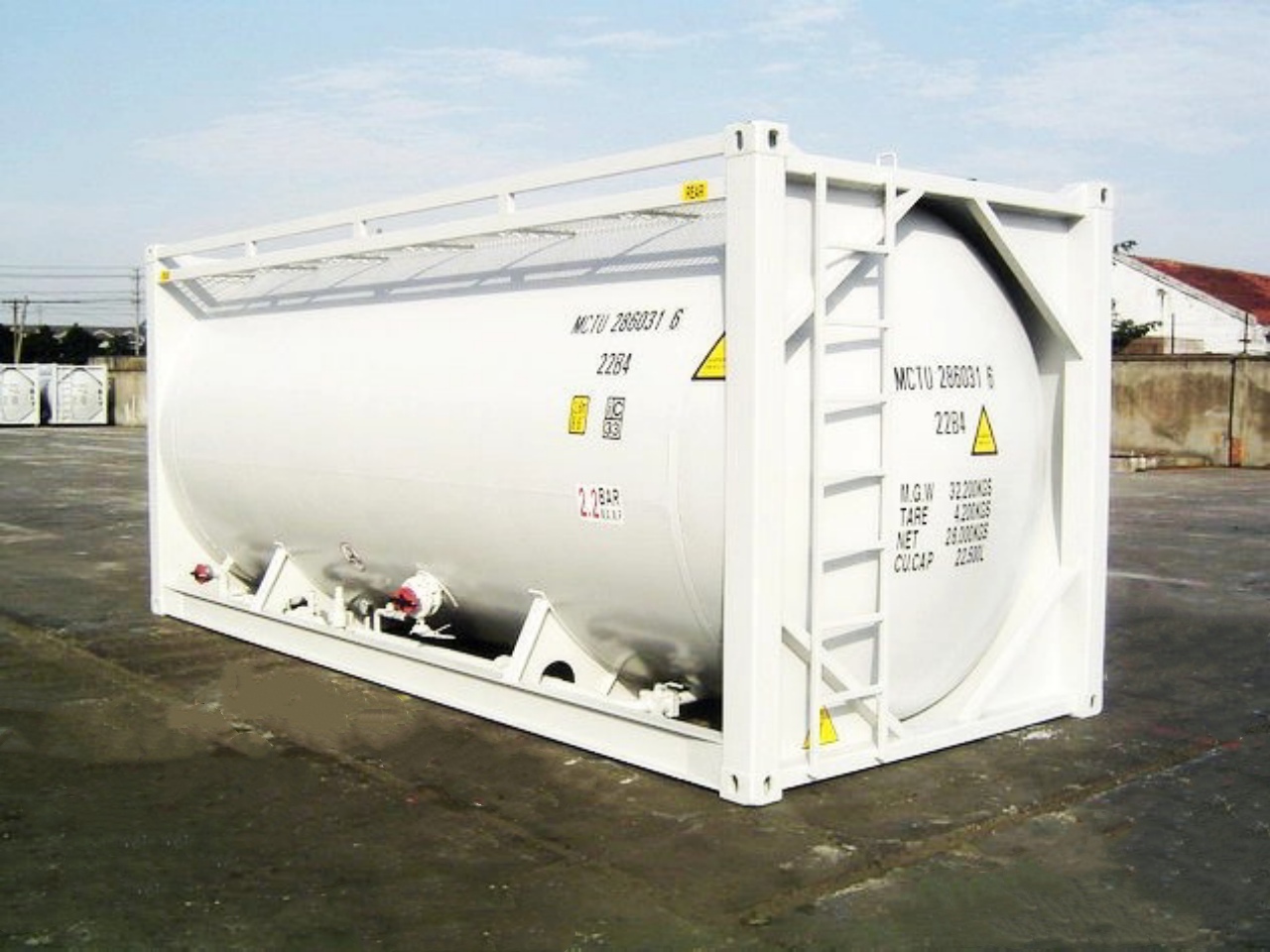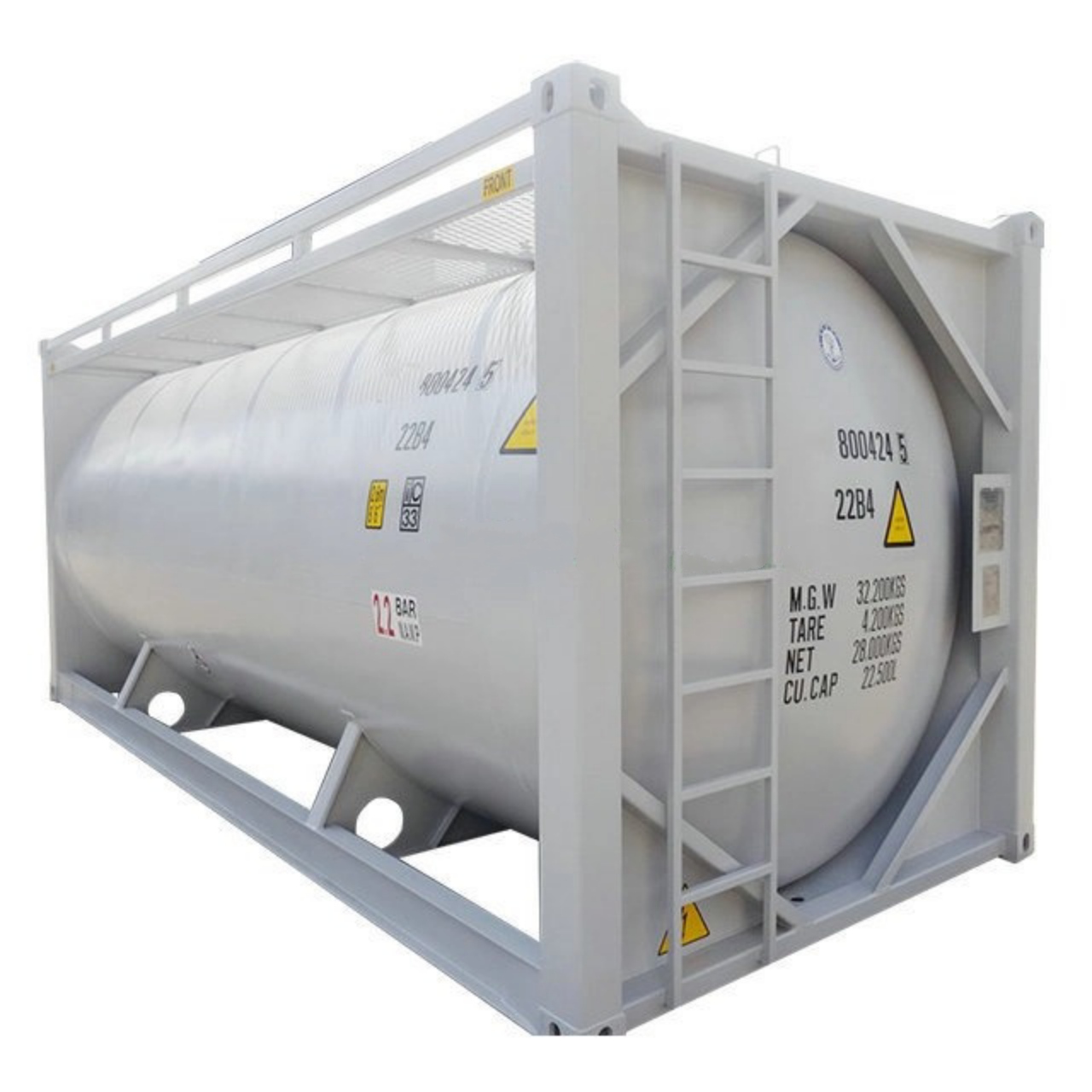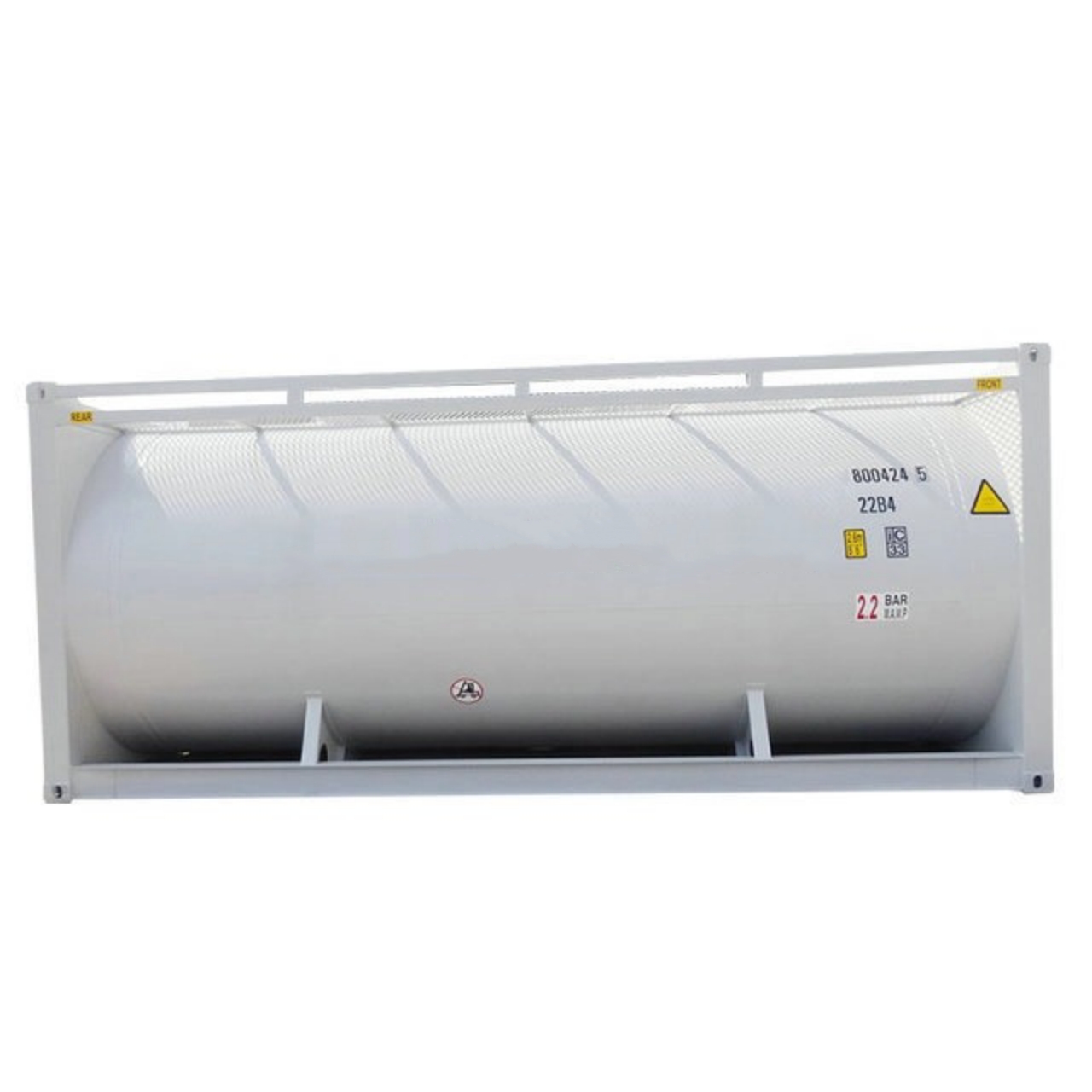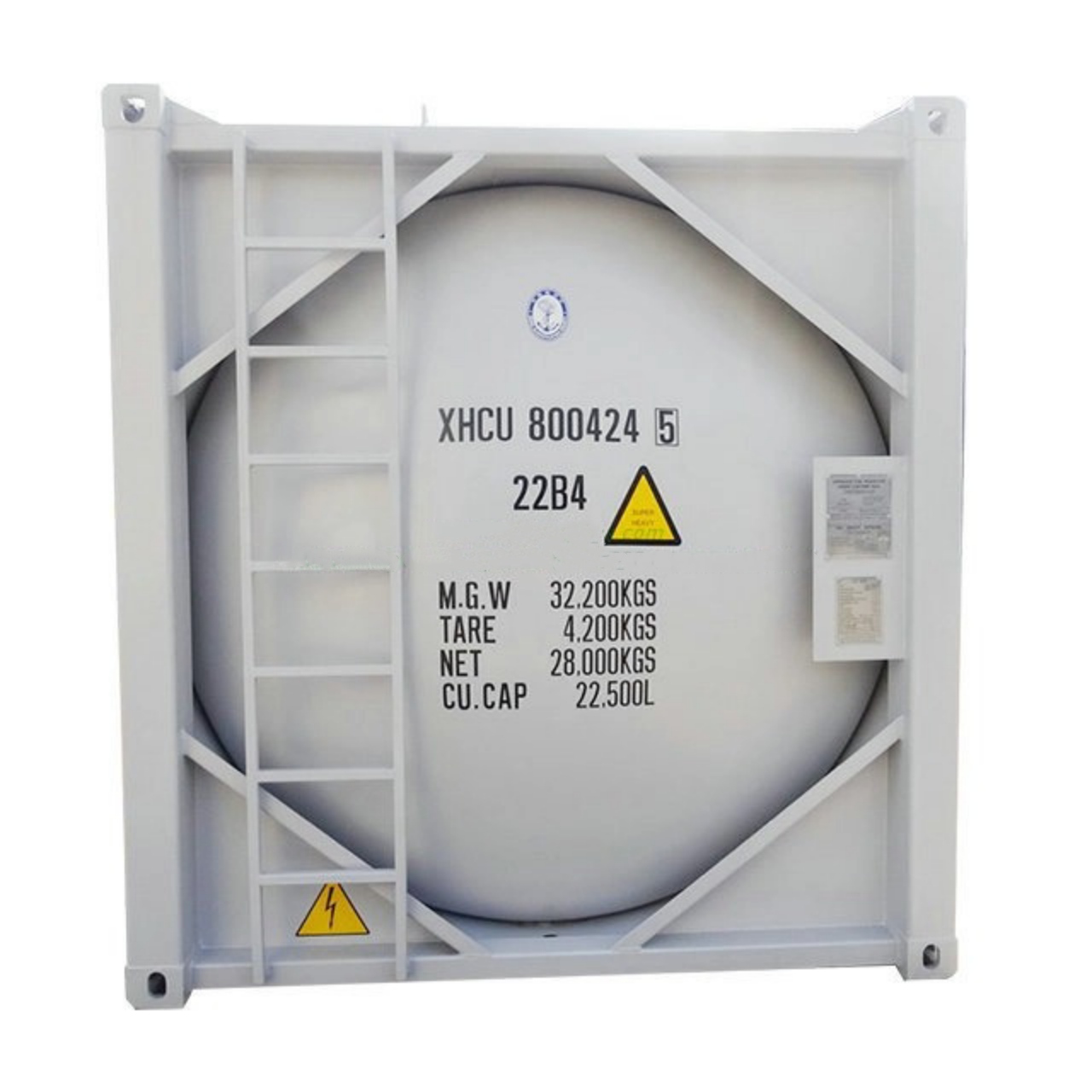ISO Tank: Comprehensive Guide to ISO Tanks for International Liquid Cargo Transport
International trade and logistics rely heavily on efficient and secure transport of liquid cargo. ISO tanks have become a cornerstone for transporting liquids, gases, and hazardous materials among the various solutions available. This guide provides an in-depth understanding of ISO tanks, covering their structure, advantages, applications, and operational considerations.
What is an ISO Tank?
An ISO tank, or ISO container tank, is a cylindrical tank built to the standards of the International Organization for Standardization (ISO). It is designed for the safe, reliable transport of bulk liquids across different modes of transportation, including ships, trains, and trucks. ISO tanks are favored for their versatility and durability, making them essential in industries like chemicals, food and beverages, and oil and gas.
Structure and Design of ISO Tanks
ISO tanks are constructed using high-grade stainless steel and are often coated with protective layers to resist corrosion and ensure compatibility with the materials they transport. Key components of an ISO tank include:
- Tank Shell: The cylindrical body of the tank that holds the liquid cargo.
- Frame: A rectangular frame that surrounds the tank and allows it to fit seamlessly into intermodal transportation systems.
- Manhole: Located at the top of the tank, it facilitates loading and maintenance.
- Valves: Include top-loading, bottom-discharge, and pressure-relief valves to control the flow and pressure.
- Insulation: Many ISO tanks are insulated to maintain temperature-sensitive cargo.
- Heating Systems: Some tanks are equipped with steam or electric heating systems for transporting products that need temperature control.
ISO tanks come in various capacities, typically ranging from 17,500 liters to 26,000 liters. Their design is standardized, enabling them to be stacked and easily transported.
Advantages of ISO Tanks
ISO tanks offer several advantages over traditional methods of liquid cargo transport, such as barrels or drums:
- Efficiency: Their standardized design allows for easy stacking and handling, optimizing space during transportation.
- Safety: The robust construction minimizes the risk of leaks or contamination, even when transporting hazardous materials.
- Cost-Effective: Reduced handling costs and the ability to transport large volumes make them a financially viable option.
- Environmental Friendliness: ISO tanks are reusable, generating less waste compared to single-use packaging.
- Versatility: They can transport a wide range of liquids, including chemicals, food-grade products, and fuels.
- Durability: Built to withstand harsh environmental conditions, they have a long operational lifespan.
Applications of ISO Tanks
ISO tanks are indispensable in various industries. Here are some of their primary applications:
1. Chemical Industry
The chemical industry uses ISO tanks extensively for transporting both hazardous and non-hazardous chemicals. Their design ensures safe containment, preventing spills and reducing the risk of contamination.
2. Food and Beverage Industry
Food-grade ISO tanks are used to transport liquids like milk, juices, and edible oils. These tanks are constructed with materials that meet strict food safety standards.
3. Oil and Gas Sector
ISO tanks are ideal for transporting liquid petroleum products, lubricants, and industrial gases. Their robust design makes them suitable for volatile and sensitive materials.
4. Pharmaceutical Industry
Pharmaceutical companies use ISO tanks for the safe transport of liquid medicines, vaccines, and other critical supplies. These tanks often feature advanced insulation and temperature control.
Types of ISO Tanks
ISO tanks are available in various types, each tailored for specific cargo needs:
- Standard Tanks: Used for non-hazardous liquids.
- Refrigerated Tanks: Equipped with cooling systems for temperature-sensitive cargo.
- Hazardous Material Tanks: Designed to meet stringent safety standards for transporting dangerous goods.
- Gas Tanks: Specifically built for transporting gases under pressure.
- Food-Grade Tanks: Made with materials and coatings that comply with food safety regulations.
Operational Considerations
Operating ISO tanks requires adherence to strict guidelines to ensure safety and efficiency. Key considerations include:
1. Loading and Unloading
Proper procedures must be followed to prevent spills or overfilling. Operators should ensure that valves and connections are secure.
2. Maintenance and Inspection
Regular maintenance is essential to extend the lifespan of an ISO tank. This includes cleaning, inspecting for corrosion, and checking the functionality of valves and seals.
3. Regulatory Compliance
ISO tanks must comply with international regulations, such as those set by the International Maritime Organization (IMO) and the International Association of Classification Societies (IACS).
4. Temperature Control
For temperature-sensitive cargo, operators should monitor and maintain the required temperature throughout the transport process.
Challenges and Limitations
Despite their numerous advantages, ISO tanks face certain challenges:
- High Initial Investment: Purchasing ISO tanks can be costly, though this is offset by their long-term benefits.
- Specialized Handling Requirements: Operators need training to handle and maintain ISO tanks properly.
- Regulatory Hurdles: Different countries may have varying regulations, complicating international logistics.
Future Trends in ISO Tank Transport
The demand for ISO tanks is expected to grow as global trade increases. Key trends include:
- Sustainability: Innovations in materials and designs are making ISO tanks more environmentally friendly.
- Automation: Technology is being integrated to streamline operations, such as automated temperature monitoring.
- Enhanced Safety Features: New designs include advanced pressure-relief systems and reinforced structures.
Conclusion
ISO tanks have revolutionized the transport of liquid cargo by offering a safe, efficient, and environmentally friendly solution. Their versatility and durability make them a vital component of global supply chains, catering to industries ranging from chemicals to food and pharmaceuticals. As technological advancements continue to enhance their capabilities, ISO tanks will remain indispensable for international liquid cargo transport.





